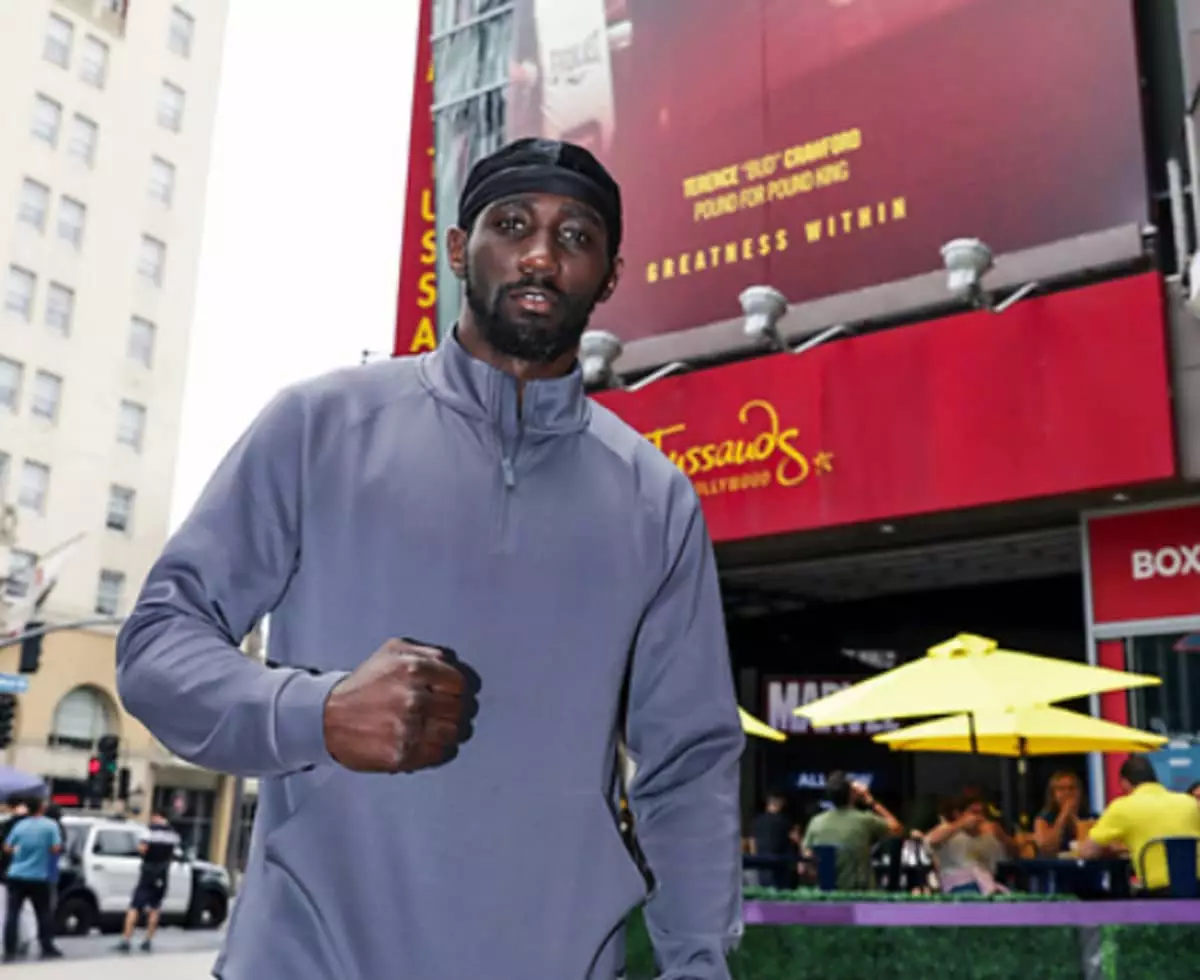The boxing world is a theater of triumphs and failures, where legacies are forged through grit and determination. One such ambitious endeavor is Terence Crawford’s proposed ascent up two weight classes to face Canelo Alvarez in September. Dmitry Bivol, the reigning light heavyweight champion, has thrown his hat in the ring, expressing skepticism about Crawford’s ability to transition effectively from welterweight to super middleweight. Bivol’s doubts aren’t unfounded; they highlight the intricate dynamics of moving between weight divisions, especially for a fighter approaching his late 30s.
Crawford’s leap into the super middleweight arena comes on the heels of his grueling match against Israil Madrimov. This contest was particularly revealing, as it showcased not only the physicality required at higher weights but also the subtle nuances of boxing skills that often create the difference between winning and losing. Despite Crawford’s impeccable record of 41 wins with 31 knockouts, his performance against Madrimov raised eyebrows. His punches lacked the impact of a true power puncher, leading one to question whether he has the physicality to compete at an elevated level against a formidable opponent like Canelo.
Crawford’s Motivations: Beyond Legacy
Crawford insists that his move to challenge Canelo is motivated by a quest for legacy—an admirable pursuit that resonates deeply within the boxing community. However, this statement glimmers with contradictions. While pursuing a legacy typically entails commitment to a weight class and proving oneself, Crawford’s intent appears to be a one-off endeavor. With Canelo, a superstar in his own right, the financial allure cannot be ignored. It begs the question: Is this pursuit for honor and history, or merely an opportunistic gamble for a lucrative payday?
Moreover, Crawford’s recent fights raise additional concerns. Bivol points out that Crawford’s age may impact his performance profoundly, indicating that he did display signs of being past his prime against Madrimov. Age in boxing is not merely a number; it often correlates with diminished reflexes and the accumulation of wear and tear. To undertake such a daunting task as facing Canelo while at the tail end of his prime seems recklessly audacious.
The Danger of Undermining the Challenge
In his quest to face Canelo, it feels as if Crawford is underestimating the magnitude of the challenge ahead. The jump from 154 to 168 pounds is not trivial. This weight discrepancy translates to not just size, but also power that fighters in the super middleweight category carry. Crawford’s acclimatization to this new physical environment will be imperative; without the appropriate preparation and experience, he risks not merely losing, but potentially facing severe repercussions inside the ring.
The looming specter of inadequacies in power becomes particularly relevant in this context. Canelo’s sheer strength and boxing IQ have allowed him to thrive across various weight classes, establishing himself as a veritable force. For Crawford to step into the ring while already struggling with the adjustments of a weight transition raises alarms among analysts and fans alike. There is a palpable fear that he may find himself on the receiving end of Canelo’s devastating punches.
Bivol’s Reflection and Insight
Dmitry Bivol has offered a stark reflection on Crawford’s challenge, expressing admiration for his skills but cautioning about the hurdles he must surmount. After having observed Crawford’s size in Dubai, Bivol suggested that, while Crawford possesses commendable talent, he needs to adapt to the pressure and power that besets fighters at 168 pounds. This observation is crucial. The boxing landscape is littered with tales of fighters who have overstretched themselves, only to pay dearly for their overconfidence.
In a sport that demands constant adaptation and strategic finesse, the importance of timing, power, and physical readiness cannot be overstated. Bivol’s concerns underline a pivotal truth: no fighter should underestimate the brutal realities of a higher weight class without the proper groundwork laid out through rigorous preparation.
Ultimately, Crawford’s decision to chase Canelo is emblematic of the broader motivations driving many athletes in high-stakes sports. While ambition fuels these pursuits, the intricacies of weight, power, and age serve as stern reminders that every great risk carries with it the weight of consequence. In the grand theater of boxing, this upcoming bout serves not merely as a clash of titans but as a test of foresight, adaptability, and the indomitable spirit of the fighters involved.


Leave a Reply